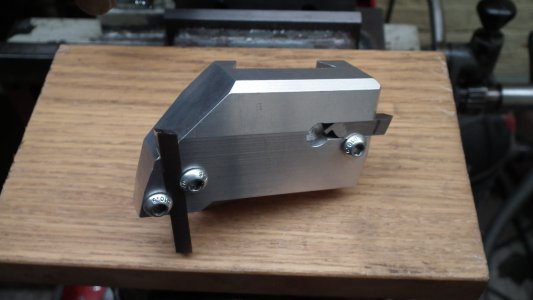- Joined
- May 10, 2012
- Messages
- 995
To give you an idea on price, i purchased a 16" Steptoe, with vise, about 5 years ago for 600. Turns out it is worn out, but I've still done quite a bit of work on it. Bought a Whipp 12" shaper for 287 on ebay auction, had to add sales tax and a 75 loading fee (Reliable Tools). It had hidden rust and some problems, came with vise. I will probably have 800 or more in it by the time I get it running. Very little wear, though. Both of these machines were antiques with all square ways and original lineshaft drive, so they had electric motors set up on them. The Whipp was set up poorly and had to be redone, as the speed range was too high. Purchased a 7" Atlas that was just needed to be cleaned and lubed for 500, with vise (which I consider to be a very good deal, it was put on ebay as a buy it now, and I jumped on it, as these easily go for 1000 on the west coast). Just purchased an 8" lewis shaper, with vise for 200 on ebay, which I was very surprised about. It has some minor problems, but easily corrected. Of course, I didn't count fuel to pick any of those up, you can add 100 at least to all those for that. Frankly I was surprised that I wasn't outbid on the Lewis, but for that price, I will certainly take another shaper.


